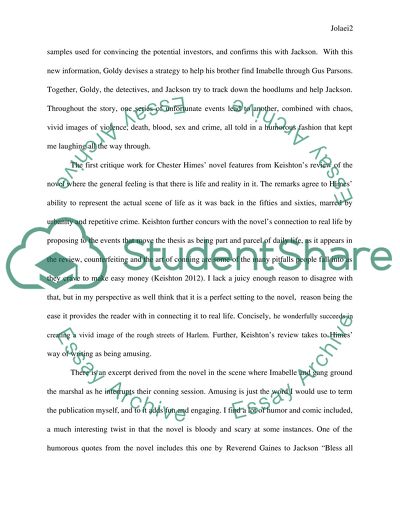Cite this document
(“Research Paper on the book A RAGE IN HARLEM by Chester Himes”, n.d.)
Retrieved from https://studentshare.org/english/1628319-research-paper-on-the-book-a-rage-in-harlem-by-chester-himes
Retrieved from https://studentshare.org/english/1628319-research-paper-on-the-book-a-rage-in-harlem-by-chester-himes
(Research Paper on the Book A RAGE IN HARLEM by Chester Himes)
https://studentshare.org/english/1628319-research-paper-on-the-book-a-rage-in-harlem-by-chester-himes.
https://studentshare.org/english/1628319-research-paper-on-the-book-a-rage-in-harlem-by-chester-himes.
“Research Paper on the Book A RAGE IN HARLEM by Chester Himes”, n.d. https://studentshare.org/english/1628319-research-paper-on-the-book-a-rage-in-harlem-by-chester-himes.


